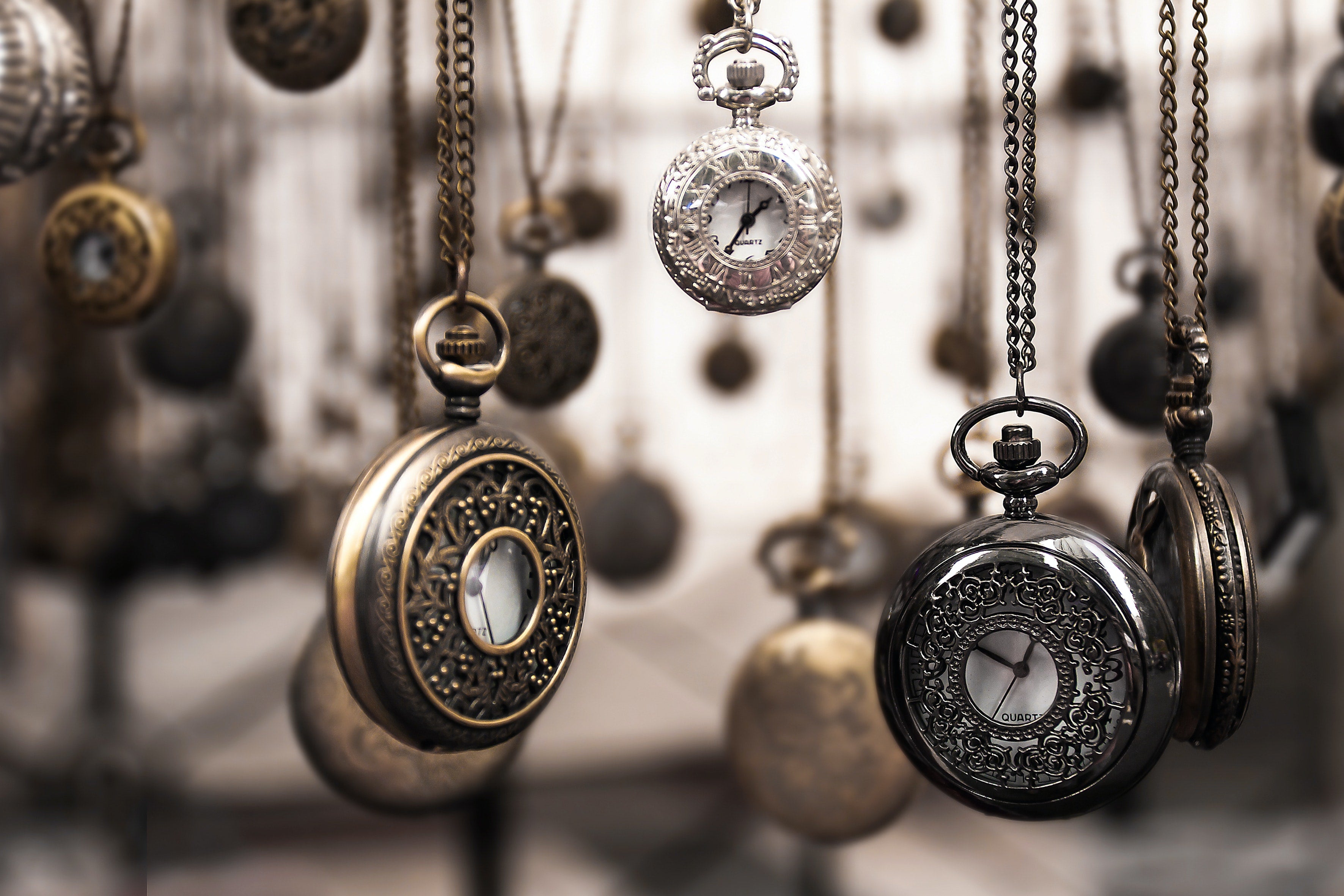
What Materials Do You Need To Make A Watch?
Welcome to LUCA Watches, where timepieces are not just accessories but a testament to sheer craftsmanship and finesse.
Crafting a watch is a pursuit of excellence that requires a myriad of materials, each selected to serve a specific purpose. This blog post will dive deep into the heart of your favorite timepiece, unravelling the many elements that come together to bring it life.
From precious metals like gold and platinum, to rare gems and crystals that adorn the finishing touches, we will explore what makes a luxury watch the elegant, functioning piece of art you wear on your wrist daily. This journey is just like the seamless harmony of gears in a watch, an intricate dance that yields perfection.
Join us as we decode the alchemy behind the scenes at LUCA Watches.
Face / Dial

The watch face, or dial, is an integral component of the timepiece, often viewed as the 'heartbeat' of the watch. Traditionally, brass has been used to create the dial due to its durability and ease of manipulation.
To enhance aesthetics, different types of paint are applied. The classic approach is to use enamel paint, admired for its longevity and resistance against fading. For a more modern or edgy look, lacquer paint is gaining popularity. Known for its high gloss finish, lacquer offers a richness of color hitherto unseen.
The choice of paint also affects the numbers and other designs on the dial. Frequently, compounds containing Super-LumiNova or similar are applied for their glow-in-the-dark property, enhancing readability in low light situations.
Therefore, the materials chosen for the dial largely influence the watch's functionality and aesthetic appeal.
Hands

Creating the hands of a watch requires careful consideration and meticulous attention to detail.
Light, sturdy metals are a critical component; they are most often fabricated from materials such as aluminium or brass. These metals provide an ideal blend of strength and weight for smooth, precision movement across the watch face.
Aluminium, for instance, offers the added benefits of corrosion resistance, flexibility, and durability. These properties ensure the hands maintain their shape and aesthetic appeal over years of use.
Brass, on the other hand, is prized for its machining qualities and ability to take on intricate shapes - a key factor in creating uniquely styled watch hands.
Ultimately, the choice of materials reflects both the functional and stylistic demands of the watch, culminating in the effortless elegance of pointing you towards the passing of time.
Glass
The material that shields the face of a watch is of vital importance, not only for the look but also for the durability of the timepiece. Acrylic crystal is a common and cost-effective choice. Lightweight and shatter-resistant, it can accumulate scratches over time but can also be easily polished to restore its clarity.
Mineral glass, on the other hand, is more scratch-resistant but less durable under impact. This mid-range option offers a balance between durability and cost.
For the most exclusive pieces, luxury watchmakers opt for sapphire crystal. Offering excellent scratch resistance, its higher price point is justified by the remarkable clarity and durability it provides to your watch. Each type of glass has its own merits, so choosing should rely on personal preference and lifestyle.
The movement parts

At the heart of every LUCA watch lies its intricate movement parts. These miniature feats of engineering include the gears, springs, rotator, and the either the battery or manual winding mechanism.
The gears, aptly termed the 'conduits of time', are usually crafted from durable brass or hardened, corrosion-resistant steel. Their delicate intersections seamlessly translate energy into motion, allowing accurate time-telling.
The springs, often also made from resilient steel, store and release energy in a meticulous balance of tension and relaxation. Just like the vital role of a heart in a body, they pump power through the system.
The rotator, an essential gear in automatic watches, harnesses kinetic energy, making your every move count.
Lastly, the power source, whether a robust battery or a traditional winding mechanism, ensures your LUCA watch ceaselessly beats the test of time.
These exceptional materials make LUCA watches not only a symbol of luxury but also of resilience and undying quality.
Band
The bracelet, or strap, of a watch serves as an essential element contributing to the overall style and functionality of the watch.
Watch bracelets can be crafted from a variety of materials. Leather, a timeless classic, bestows an aura of sophistication and elegance. Its flexible nature provides optimal comfort for daily wear.
Metal bracelets, typically crafted from stainless steel, titanium, or precious metals, are renowned for their durability. Their shimmering aesthetic suits both casual and formal occasions.
For the sporty and adventurous, rubber watch straps are an excellent choice. Besides being waterproof, they offer high resilience against wear and tear.
Lastly, fabric straps, often woven from nylon or cotton, offer a casual and relaxed look. Highly versatile, they are available in diverse colours and patterns. Each material imparts unique characteristics, enabling the adaptation and personalisation of watches to suit individual tastes and requirements.
Paint
In crafting fine timepieces, the use of luminescent paint plays an integral role. This distinctive substance, applied to the hands and numbers, provides illumination in dark conditions for effortless, round-the-clock readability.
Not just any paint can offer this glow, it's the unique luminous pigments that enable light absorption and re-emission, creating the luminous effect.
If you've ever appreciated your LUCA watch in low light, you've seen this principle in action. We incorporate this practical aspect without compromising on luxury aesthetics, highlighting our commitment to functionality and elegant design.
Choice of luminescent paint can deviate between differing watch models and designs, contributing another layer of complexity to the art and science of watchmaking.
When it comes to crafting exquisite timepieces, no detail is too minute, and luminescent paint is one such detail that makes a significant difference.